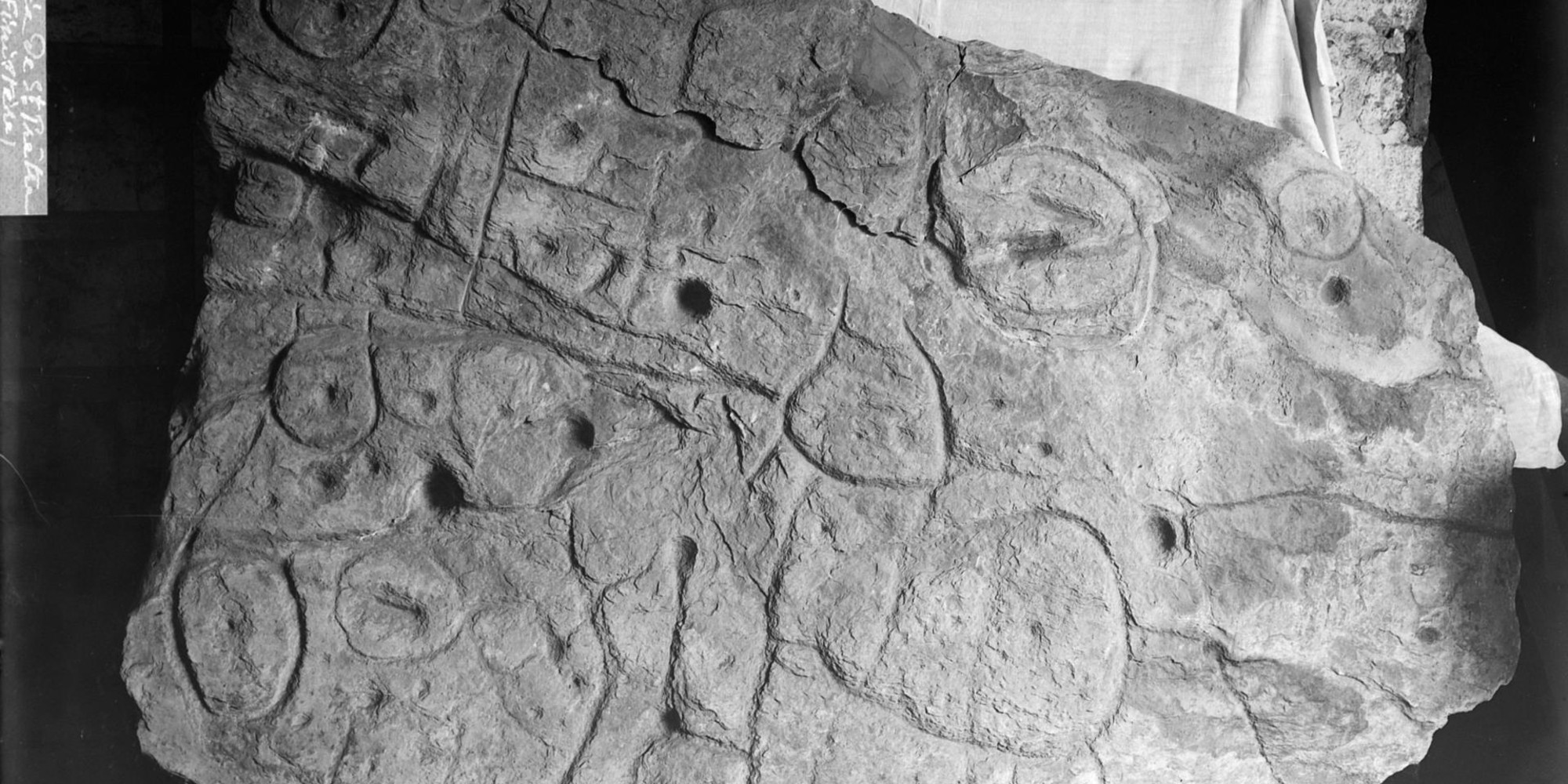Archaeologists have discovered an engraved slab dating from the Bronze Age in a cellar.
Discovered for the first time in 1900 before being lost, the slab has recently resurfaced.
Covered with drawings, this piece of rock could be the oldest geographic map in Europe.
It is a (re) discovery.
Archaeologists have discovered an engraved slab dating from the Bronze Age in a cellar.
About 4,000 years old, this stele is covered with circles, straight lines or even potato-shaped patterns.
Distinctive signs that lead archaeologists to think that it is a map of a region of Finistère.
Some 80% of the signs found on the rock correspond in fact to the Odet valley.
If it is indeed a map, archaeologist Clément Nicolas thinks that it was not used for orientation: "The region appears to be divided into several territories. And there, one can imagine that it is the map. of one of these territories, of a prince or a small king of the time and that this card served to affirm the authority of this political power. "
Researchers from Inrap @ bournemouthuni @ CNRS and @UBO_UnivBrest have just highlighted the oldest map in Europe, dating from the early Bronze Age.
The research focuses on the engraved slab of Saint-Bélec (Leuhan, Finistère) and appears in the @SPF_Infos newsletter.
pic.twitter.com/ZTbSDDUF2C
- Inrap (@Inrap) April 6, 2021
A slab fallen into oblivion
This block of rock was actually discovered in 1900 by the Breton prehistorian Paul de Chatellier, in the tumulus of Saint-Bélec.
After the latter's death, his family sold the slab to the Saint-Germain-en-Laye National Archeology Museum.
2.20 meters long by 1.53 meters wide and weighing more than a ton, the artefact has not been listed by the museum since 1990 and ended up in the museum cellar, almost forgotten by everyone.
However, the work of archaeologists is not over yet.
Many patterns appearing on the rock remain mysterious.
Researchers must now decipher what the men of the Bronze Age inscribed in stone by carrying out new archaeological excavations in the coming months.

